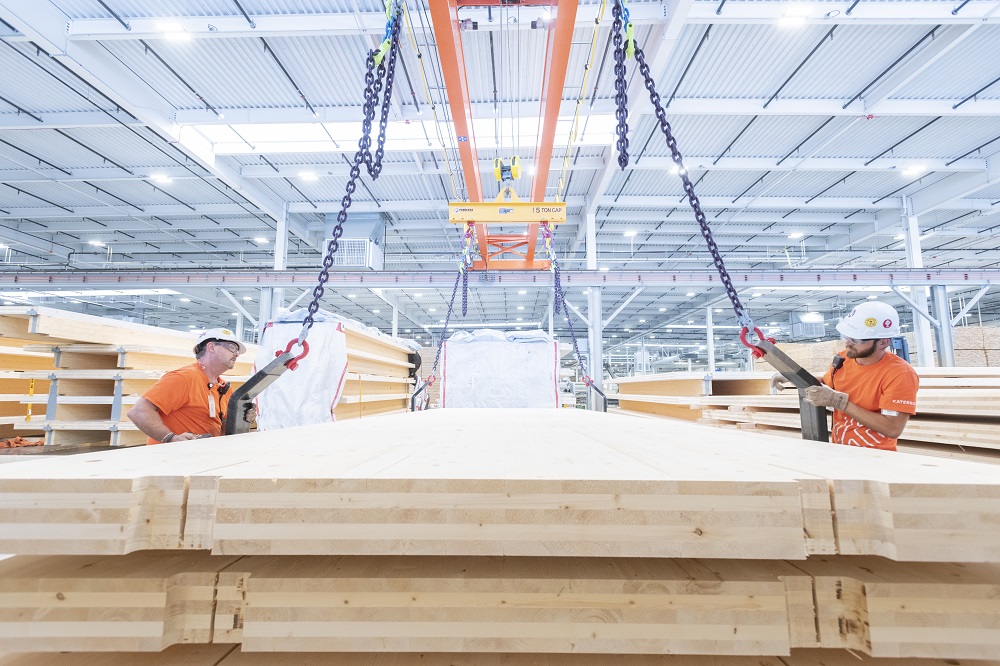Air conditioning uses a lot of energy, which is undoubtedly why your father was always yelling about somebody messing with the thermostat when you were younger. The problem is, though, that now that we have it and expect it in every building, we can’t live without it. One 80 year old designer and engineer believes he has solved the energy consumption problem and a hotel in Amsterdam will be using his design to create the World’s first Zero-Energy hotel.
The project, titled “Breeze,” will begin construction in 2016 and complete in 2017. The 64,000 gross square feet, 155 room hotel will use nothing but nature to cool and power its building and will be the first of it's kind in the World.
See also: First 3D Printed Bridge in Amsterdam Has Officially Begun Construction
The video below is a quick look at how the building will be cooled and heated:
When Ben Bronsema first conceptualized his idea for the design, he looked to termites for inspiration. Termites, as he explains in his 2013 TED talk (video below), use natural cooling to maintain a constant temperature of their mounds, which grow the fungus they live on. To verify his design, Bronsema also enlisted the help of a couple universities: TU Delft (who are also working on that concrete that can heal its own cracks, read more here) and TU-Eindhoven.
So how does the building’s A/C work? The building uses an overhang above the roof, where wind flows through the overhang at the roof level. That same wind then enters building directly, through a vent. The air is used for not only air conditioning, but also energy production, with the use of wind turbines. Before the air enters the occupied spaces, water is sprayed on the air, which cools the air in the summer and warms the air in the winter. The soil below, says Ben Bronsema, is around 51-53 degrees Fahrenheit (11-12 degrees Celsius), so they’ll use the soil to control the temperature of the water.
The building will also employ a solar chimney, which uses the sun to heat the air up inside the chimney, which pressurizes the air inside the chimney and allows it to be exhausted. The heat the leaves the building then heats up water, which is stored in the soil beneath the building to be used for energy later or to be used in the winter to heat the building.
The only piece of mechanical equipment needed in this set up is one small pump, which will push the water from the soil up to the roof of the building. Other additions made to the building to make it zero energy include, roof mounted solar panels and the aforementioned wind turbines, as well a solar façade on the South side of the building
Bronsema explains a few more benefits to the natural air conditioning, besides the energy aspect, that he designed: there will be no noise, no draft, a lot of fresh air, and no dry air.
It’s certainly an interesting concept, but I can’t help but notice the lack of any detail regarding humidity control. The use of water cooling will certainly reduce the dry air effect, but it will be interesting to see how adding water to an already humid air will affect indoor air quality and conditions. High moisture content inside buildings accelerate the natural aging of materials, greatly increase risk of mold growth, and also corrode metal over time.
Nevertheless, we'll wait until we hear the actual results of the building, before we judge anymore. If this building ends up working as well as their tests have shown, however, it would certainly reduce overall maintenance costs for many new buildings.
What do you think? Would you stay in a hotel room without any mechanical HVAC?











Like most of the other electric machines that have been announced previously, Volvo promises that this midsized, 14 metric ton excavator will have the same performance as a similarly sized diesel version. The X03 is currently in the concept stage, so Volvo does not have immediate plans to bring it to market, but it shows the possibilities that electronics on heavy machinery can allow for.